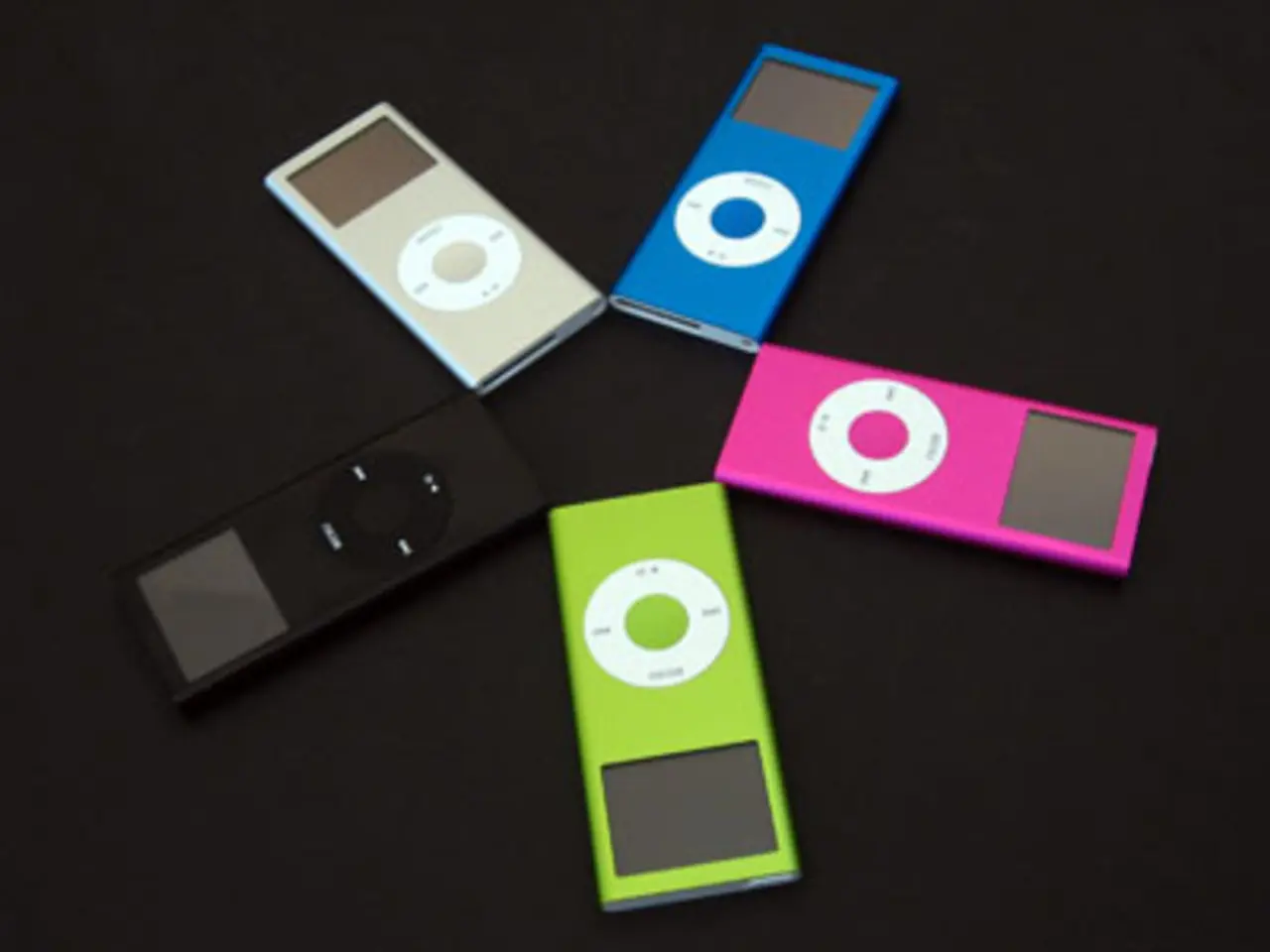AirPod Connection Dilemma: Decoding the Puzzle Behind Lightning Connector Issues
### AirPod Connectivity: No Lightning Connector Needed
Apple's AirPods, introduced in 2016, are a pair of wireless earbuds that revolutionised the way we listen to music and make calls. These earbuds do not require a Lightning connector for audio or device connection; instead, they rely on Bluetooth for a wireless connection [1].
The connectivity process is identical whether the charging case uses a Lightning port or a USB-C port, with the main difference being the charging method. The charging case, whether Lightning or USB-C, is solely used for charging the internal battery, not for data transfer or audio [1].
### How AirPod Connectivity Works
AirPods use Bluetooth to pair and communicate with iPhones, iPads, Macs, and other compatible devices. There is no need to plug your AirPods (or their charging case) into your phone for connectivity — pairing is automatic and wireless.
When you open the AirPods charging case near your iPhone (or other Apple device signed into the same iCloud account), a setup animation prompts on your device, allowing you to connect with a single tap. After the initial setup, AirPods will automatically connect to your device whenever you place them in your ears, without needing to re-pair manually [2].
You can view the battery status of your AirPods and their case directly on your iPhone or iPad by opening the case near your device (without connecting any cable) or by adding the Batteries widget. A Bluetooth connection is sufficient for this information transfer [2].
### Recent Updates and Ecosystem Integration
Recent firmware updates and new AirPods models (such as the AirPods Pro 2 with USB-C and AirPods 4) continue to enhance wireless connectivity and ecosystem integration, including features like CarPlay integration and improved audio. However, these still rely on Bluetooth for device connection, not on the charging port [1].
### Troubleshooting Connectivity
If your AirPods aren't charging, simply removing and reinserting them in the case can sometimes resolve the issue. However, this pertains to charging, not connectivity — the actual Bluetooth pairing and audio streaming remain independent of any physical connector [2].
### Key Takeaway
AirPods connect to devices wirelessly via Bluetooth, regardless of whether their charging case uses a Lightning or USB-C port. The charging port's only function is to recharge the case, not to facilitate audio or device connectivity [2]. Wireless pairing and audio streaming remain consistent across all AirPods models, with no reliance on a physical connector for these purposes.
#### References:
1. [Apple Support: AirPods Charging Case](https://support.apple.com/en-us/HT211195) 2. [Apple Support: AirPods User Guide](https://support.apple.com/en-us/HT208563)
- The incorporation of AirPods, a revolutionary pair of wireless earbuds, into mobile gadgets like smartphones has been facilitated by data-and-cloud-computing technologies and the advancement of Bluetooth technology.
- With the seamless wireless connectivity offered by AirPods, these wirelessly paired gadgets, such as smartphones and tablets, can benefit from smart technology, enabling tasks like music streaming and hands-free calls, leaving the traditional data transfer and charging ports obsolete for these specific purposes.




